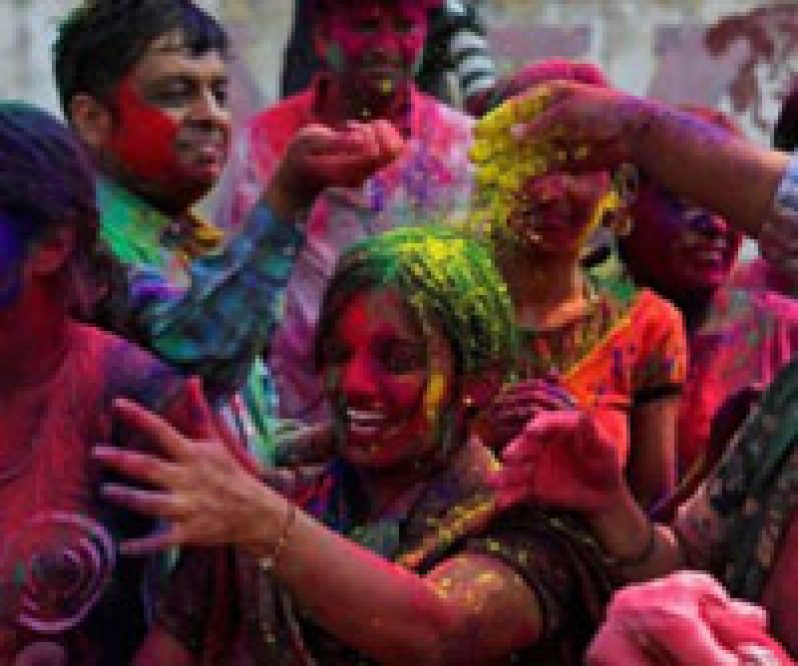THE celebration of Holi has different aspects. It is a celebration of the triumph of good over evil, a festival of colours, a community festival, and a tradition of the ancient people of India
Though the grand finale takes place on the full moon day of March or Phalguna, the celebrations stretches for about a week, however, the main functions start in the afternoon before the final day.
The evening of bonfires
The day before full moon is called the small Holi and it is when children light up bonfires and sing and dance around it.
The evil spirit, symbolised by all those dead leaves, twigs, dirt and filth that is collected by the children is considered a bit of a clean up as well.
People sometimes take embers from the fire to their homes to rekindle their own domestic fires. In some community, a pot of “COOK UP RICE” is placed for cooking under the pyre before the bonfire is lit up.
The ashes from the Holi fire are also believed to provide protection against diseases. It’s something similar to the ancient rites of burning Maypole in the Western part of the globe.
The Festival of Colours
A major aspect of Holi is indeed festival of colours. On this day, children, friends and neighbors come out on the streets. And the spree to colour anyone you see takes over. Colours of all variety-they come in shades of red, orange, blue, green, and purple among others. And they are available in oil, water or powder base.
People throw these coloured powders in the air as they shout “Happy Holi!” and smear each other with these powders.
Also they spray each other with coloured water from water guns. Coloured water is prepared by mixing the pigments of synthetic dyes. These dyes are available in a range of shades. These are sold by most of the local grocers and special purpose kiosks which crop up only for Holi celebrations. These outlets also sell other Holi accessories, like water guns, balloons, and head gears, along with coloring pigments.
Also water-filled balloons are used these days to charge the target with a splash of colour. Indeed the effect is blasting enough to be taken aback. So don’t get shocked if you go out in the streets on this day, and suddenly a balloon darts at you, leaving you wet and coloured!
Community festival
Holi is also a community festival that bridges the social gap. People colour each other with abbeer and abrack (coloured powder) and other form of dyes. Young men throw coloured powder and coloured water on women. They also visit homes, distribute sweets and greet each other. Men, women and children all take part in dances and other cultural performances.
Holi bears close similarities with the important ancient festival called Vasantotsava, an age-old tradition of celebrating the arrival of spring. This festival was celebrated as a day when people forget caste and gender differences and were allowed many liberties, otherwise forbidden. Like any spring festival celebrated by ancient peoples all over the world, Vasantotsava also had certain rites. These include lighting up of fires, driving off demons, setting the normal orders in reverse, sporting something weird, having a community feast among others.
The no-holds-barred play with colours between young men and women, taking out processions in weird gears, the greetings with yummy sweet dishes the bonfires in the evening before the full moon night of the Holi, are all leftovers of those ancient spring rites.





.jpg)








